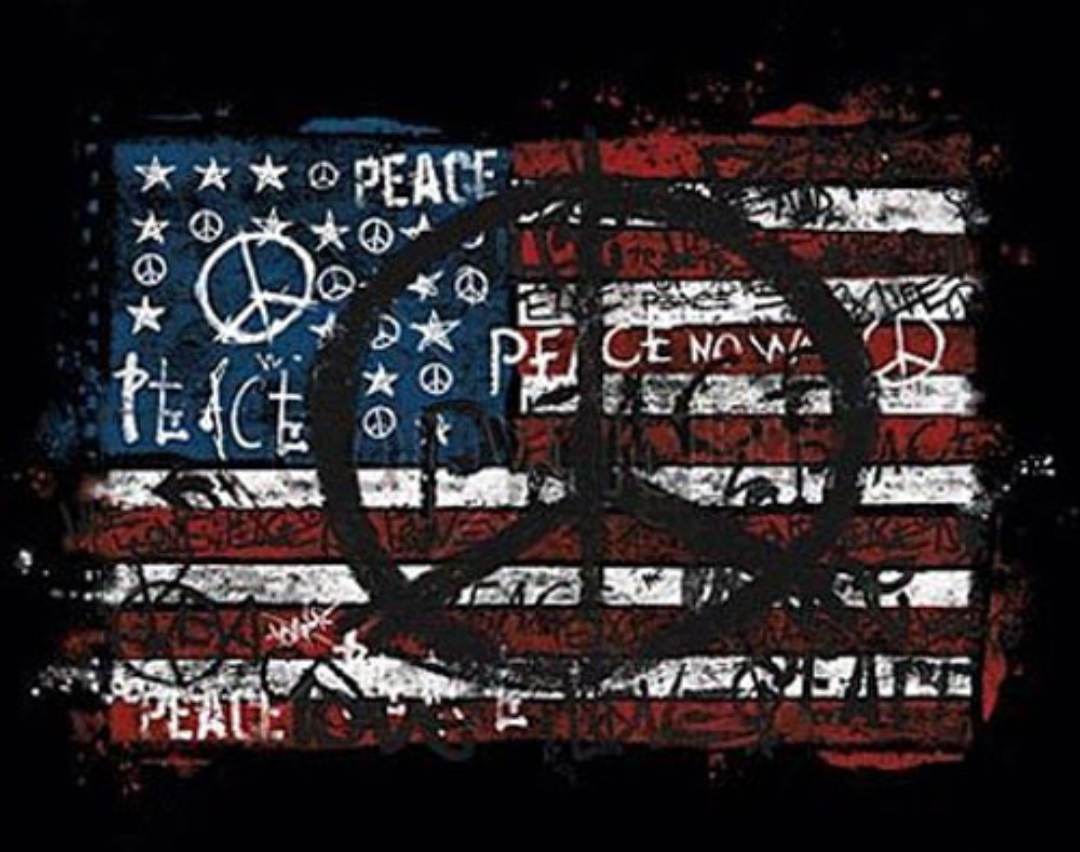You know what stood out to me most in the aftermath of the ugly events in Charlottesville? It was not that we are a divided country but the fact that we’re divided in terms of the way we see the history of our country thus impacting how we see the future. The story that unfolded in Charlottsville, the painful and or empowering images, and the failure of governmental leadership to seek healing is what keeps us divided. Flags and statues are fascinating conversation pieces to highlight America’s divide and the nuance on why it exists.
First, let me say that I’m not of the belief that all historical statues and symbols need to come down. I recognize the importance of preserving history as I understand what happened in Africa when foreigners arrived. Monuments have value as territorial markers and can offer a perspective of what happened and when. But, in my opinion, symbols should only celebrate progress while merely acknowledging what’s unfavorable. For example, should a confederate flag have flown above the state house in South Carolina (or anywhere) where people pay taxes? I say, No. Like … Why? The confederates sought to separate from the United States. They were a treasonous lot who killed more Americans than any other group ever. To me, it’s a special type of schizophrenia when one believes that, in 2017, one gets to carry a US and Confederate Flag and claim themselves a patriot. However, if one wants to fly a confederate flag in their own home, put it on their T-shirt, or hang it out of the back of their truck for “history’s sake”, go for it. I’m not offended by it I just don’t think citizens should pay for it.
Our symbols carry so much baggage. The American flag, for some, comes with the same conflicted energy. The reason why all of the Colin Kaepernick ‘outrage’ still exists is not about sports, talent, military, owners, or business decisions. The crux of this issue comes down to the American flag. The red, white, and blue flag is our country’s largest and most glorious symbol yet it embodies its own unique historical complexity. Many in mainstream society only see the flag as a beacon of hope and freedom, all while basked in the name of ‘Old Glory’. They see it as independence from the British Empire and the establishment of a new land where there is “liberty and justice for all”. In the words of Langston Hughes famous poem, “I too Sing America” and see my country as being one of the greatest places on the planet earth to live.
However, the flag, anthem, statues … AMERICA, means different things to different people. The flag itself is the most prominent symbol of our government and American ideals but if you have never once disagreed with what the flag represents, you are probably not a minority in this country. See, many folks have had the privilege to believe that there is perfection in America. How convenient it must be to be a patriot of a country that has never let you down. But, for other Americans, there is opportunity and freedom as well as oppression and subjugation woven into those ‘bars and stars.’ For African Americans in particular, there is slavery, sharecropping, Jim Crow, lynchings, Dred Scott, separate but “equal” statutes, Tuskegee syphilis experiments, redlining and discriminatory housing practices, mass incarceration, as well as police brutality and misconduct. There are more matters to mention but I only highlight these as a quick reflection on the government sanctioned practices that impacted, disenfranchised and dehumanized people of color.
The problem is that there are many versions of American history and the symbols that reflect it. The complexity was only heightened when men recently gathered in Charlottesville to protect the legacy of Confederate statues (and chanting KKK, skinhead, and neo-nazi rhetoric while killing and injuring counter protestors). Please make note that this event unfolds all while Kaepernick remains a social pariah for silently and peacefully kneeling to suggest the flag is not delivering on its promise for liberty and justice for all. The irony is chilling. Its these double standards that illuminate the shortsightedness of American’s inability to only see history from a subjective lens. See, many are able to view history and its imagery to teach about tolerance. As a black man, of course, my perspective of symbols is obviously different as I have a more nuanced and painful story that I have to tell my children about our history. Lastly, there are those who are, as evidenced by events in Charlottesville, obviously emboldened by a certain history and symbols and feel as though they speak to a racial superiority over other human beings. So, there you have in an instance, three different versions of the same American history. I’m sure there are more.
In an attempt to be as objective as possible, I would suggest that if the treasonous history, statues, and flags of the confederacy are so valuable as a teaching tool then we should have it properly memorialized in museums and people can have full access to it if they so choose. Maybe, in terms of the American flag, we should have taken a page from South Africa’s history as they created a new flag to symbolically separate from the past of apartheid. The issue for our country is that it has never reconciled with its citizens in any honest way about the stain of racial prejudice. There was never a clean break from the past … nor a symbol to reflect it. Never has the country said, “Hey, we did this wrong and now we’re going make it right in this way.” Until we can do that we will continue to tell our individual versions of the truth and have these tragic scenarios unfold. This conflicted relationship is what many fight to reconcile with every day as it relates to the country’s history. This is what it feels like for many who, despite a tormented history and uncertain present, still love and long to be loved by the American flag.


Well said…and Amen.